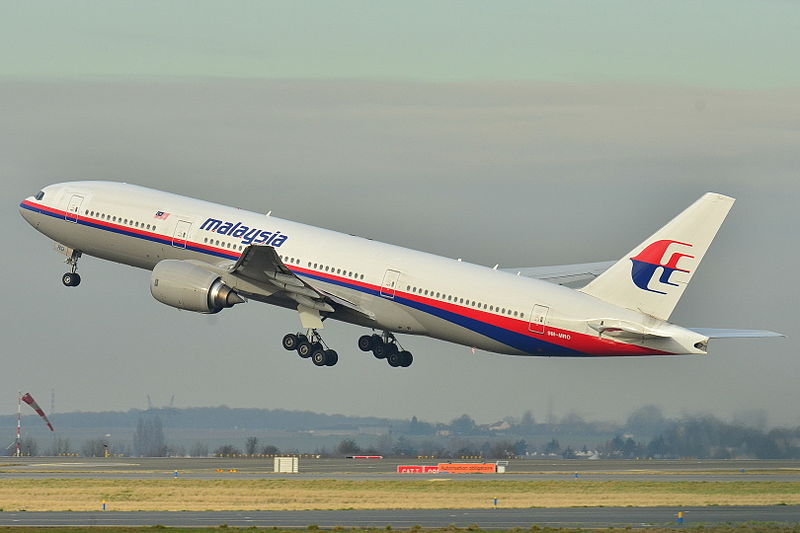
THE HAGUE, Netherlands — Dutch prosecutors said Tuesday they have found what they believe could be parts of a Buk missile system at the site in eastern Ukraine where Malaysia Airlines Flight 17 was brought down last year.
The announcement represents the first time prosecutors have confirmed possible physical evidence of a missile bringing down the plane and killing all 298 people on board.
Fred Westerbeke, the Dutch prosecutor leading the investigation, told The Associated Press that investigations have established that the parts “probably are parts of a missile system and probably a Buk missile system.”
Westerbeke’s team, which is conducting an international criminal probe into the deadly crash on July 17, 2014, said in a written statement that the parts “are of particular interest to the criminal investigation as they can possibly provide more information about who was involved in the crash of MH17.”
Westerbeke said he would ask Russia and other countries for help identifying the suspected pieces of a surface-to-air missile system.
Though prosecutors have previously said a missile strike is the most likely explanation for the crash, they have never revealed that they are in possession of possible missile parts.
However, they cautioned that the conclusion cannot yet be drawn “that there is a causal connection between the discovered parts and the crash of flight MH17.”
The parts were found during Dutch recovery missions to the crash site. Dutch authorities have conducted several missions to recover human remains, victims’ belongings and parts of the downed Boeing 777.
Malaysia Airlines Flight 17 was heading from Amsterdam to Kuala Lumpur when it was brought down over conflict-torn eastern Ukraine. Russian-backed rebels and Ukrainian forces have accused one another of shooting down the plane. Both sides deny responsibility.
A report by the Dutch Safety Board into the cause of the crash is expected by the end of October, while the separate international criminal investigation is likely to take months more to complete.